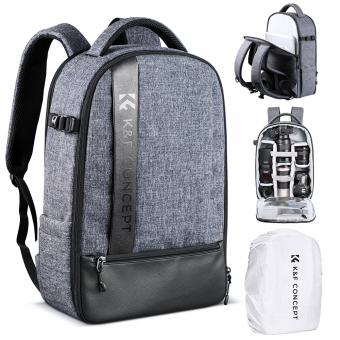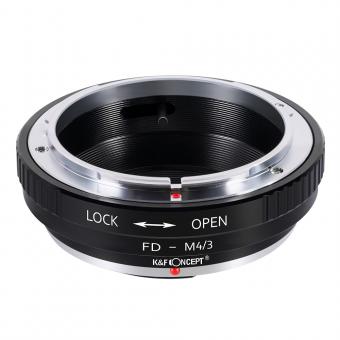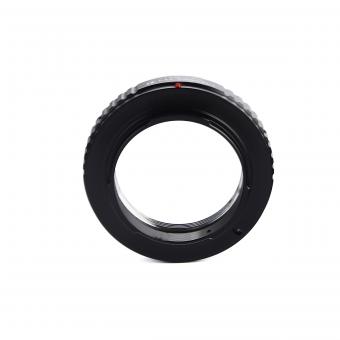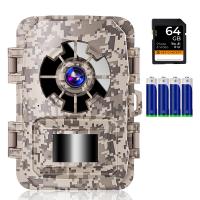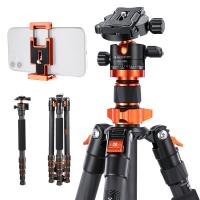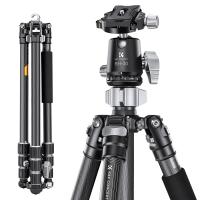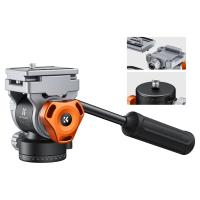Are There Any Surveillance Cameras On Motorways ?
Yes, surveillance cameras are commonly installed on motorways for monitoring traffic conditions, enforcing traffic laws, and ensuring public safety. These cameras are typically positioned at strategic locations such as entry and exit points, toll booths, and major intersections. They are used to monitor traffic flow, detect accidents or incidents, and assist in managing traffic congestion. The footage captured by these cameras can also be used for investigative purposes in case of accidents or criminal activities. The presence of surveillance cameras on motorways helps authorities in maintaining law and order, improving road safety, and facilitating efficient traffic management.
1、 "Motorway Surveillance Camera Systems: Overview and Functionality"
Motorway Surveillance Camera Systems: Overview and Functionality
Yes, there are surveillance cameras installed on motorways in many countries around the world. These cameras play a crucial role in ensuring the safety and security of motorists and the efficient management of traffic flow.
The primary purpose of motorway surveillance camera systems is to monitor and manage traffic conditions. These cameras are strategically placed at various locations along the motorway network to provide real-time information to traffic management centers. They help authorities in detecting incidents such as accidents, breakdowns, or congestion, allowing them to respond quickly and effectively.
The functionality of motorway surveillance cameras has evolved significantly over the years. Initially, these cameras were primarily used for traffic monitoring purposes. However, with advancements in technology, they now offer a wide range of capabilities. Modern surveillance cameras are equipped with high-resolution imaging, pan-tilt-zoom functionality, and intelligent video analytics.
These advanced features enable motorway surveillance cameras to not only monitor traffic conditions but also detect and track suspicious activities, such as reckless driving, vehicle theft, or unauthorized access to restricted areas. Additionally, they can assist in enforcing traffic regulations by capturing evidence of speeding or other traffic violations.
Furthermore, motorway surveillance camera systems are often integrated with other intelligent transportation systems, such as automatic incident detection systems, variable message signs, and traffic signal control systems. This integration allows for better coordination and management of traffic flow, leading to improved safety and reduced congestion on motorways.
It is important to note that the deployment of surveillance cameras on motorways is subject to privacy regulations and guidelines. Authorities must ensure that the collection and use of data from these cameras are done in compliance with privacy laws and regulations.
In conclusion, motorway surveillance camera systems are an essential component of modern traffic management. They provide real-time information, enhance safety, and contribute to the efficient operation of motorways. With advancements in technology, these cameras continue to evolve, offering more sophisticated features and capabilities to ensure the smooth and secure movement of vehicles on motorways.
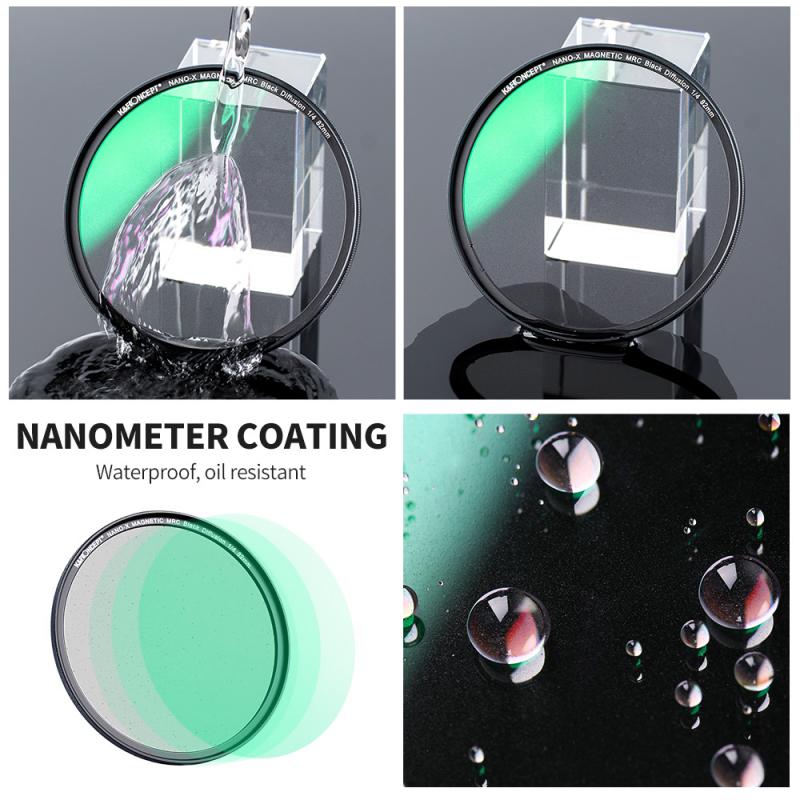
2、 "Types of Surveillance Cameras Used on Motorways"
There are indeed surveillance cameras installed on motorways for various purposes. These cameras play a crucial role in ensuring the safety and security of motorists, as well as assisting in traffic management and law enforcement. The types of surveillance cameras used on motorways can vary depending on the specific requirements and technological advancements.
One common type of surveillance camera used on motorways is the CCTV (Closed-Circuit Television) camera. These cameras are typically mounted on poles or gantries along the motorway and provide continuous monitoring of the road. CCTV cameras are capable of capturing high-quality video footage, which can be used for various purposes such as identifying traffic violations, monitoring traffic flow, and detecting incidents or accidents.
Another type of surveillance camera used on motorways is the Automatic Number Plate Recognition (ANPR) camera. These cameras are equipped with advanced software that can read and capture the license plate numbers of passing vehicles. ANPR cameras are particularly useful for law enforcement agencies as they can quickly identify stolen vehicles, vehicles involved in criminal activities, or those with expired or invalid registration.
In recent years, there has been a growing trend towards the use of intelligent surveillance systems on motorways. These systems utilize advanced technologies such as artificial intelligence and machine learning to analyze the captured video footage in real-time. They can automatically detect and alert authorities about various incidents, including accidents, breakdowns, or even suspicious behavior.
It is important to note that the deployment of surveillance cameras on motorways is subject to privacy regulations and guidelines. The aim is to strike a balance between ensuring public safety and respecting individuals' privacy rights. Therefore, the use of surveillance cameras on motorways is typically focused on monitoring the road and traffic conditions rather than capturing personal information.
Overall, surveillance cameras on motorways serve as valuable tools for enhancing road safety, traffic management, and law enforcement. The types of cameras used continue to evolve with advancements in technology, ensuring more efficient and effective monitoring of motorways.

3、 "Placement and Coverage of Motorway Surveillance Cameras"
There are indeed surveillance cameras installed on motorways in many countries around the world. These cameras play a crucial role in monitoring traffic conditions, ensuring safety, and assisting law enforcement agencies in managing incidents on the road.
The placement and coverage of motorway surveillance cameras vary depending on the specific country and its transportation infrastructure. Generally, cameras are strategically positioned at regular intervals along the motorway network to provide comprehensive coverage of the road. They are typically mounted on gantries, bridges, or poles, allowing for a wide field of view.
The main purpose of these cameras is to monitor traffic flow and detect any incidents or accidents that may occur. They can capture real-time footage of the road, allowing authorities to quickly respond to emergencies and manage traffic congestion. Additionally, surveillance cameras can help enforce traffic laws by capturing evidence of speeding, reckless driving, or other violations.
In recent years, advancements in technology have further enhanced the capabilities of motorway surveillance cameras. High-definition cameras with advanced zoom capabilities and intelligent video analytics are being deployed to improve image quality and enable automated incident detection. Some systems even incorporate artificial intelligence algorithms to analyze traffic patterns and predict potential congestion or accidents.
It is important to note that the use of surveillance cameras on motorways raises concerns about privacy and data protection. However, most countries have strict regulations in place to ensure that the collected data is used solely for traffic management purposes and is stored securely.
In conclusion, surveillance cameras are commonly installed on motorways to monitor traffic conditions, ensure safety, and assist law enforcement agencies. The placement and coverage of these cameras vary, but they are strategically positioned to provide comprehensive monitoring of the road network. Advancements in technology have further improved the capabilities of these cameras, allowing for better incident detection and traffic management.

4、 "Benefits and Limitations of Motorway Surveillance Camera Systems"
There are indeed surveillance cameras installed on motorways in many countries around the world. These cameras serve multiple purposes and provide several benefits to both authorities and motorists. However, it is important to acknowledge that there are also limitations to motorway surveillance camera systems.
One of the primary benefits of these cameras is enhancing road safety. They allow authorities to monitor traffic conditions in real-time, enabling them to respond quickly to incidents such as accidents, breakdowns, or hazardous road conditions. This helps in reducing response times and improving overall traffic flow. Additionally, surveillance cameras can deter reckless driving behaviors, as motorists are aware that their actions are being monitored.
Another advantage is the ability to detect and prevent crime. Surveillance cameras can capture evidence of criminal activities such as theft, vandalism, or even terrorism. This can aid law enforcement agencies in identifying and apprehending offenders, making motorways safer for all users.
Furthermore, surveillance cameras can assist in traffic management and planning. By analyzing the data collected from these cameras, authorities can identify congestion hotspots, optimize traffic signal timings, and make informed decisions regarding road infrastructure improvements. This can lead to more efficient and reliable journeys for motorists.
However, it is important to recognize the limitations of motorway surveillance camera systems. Privacy concerns are a significant issue, as these cameras capture footage of individuals and vehicles. Striking a balance between ensuring public safety and respecting privacy rights is crucial. Additionally, the effectiveness of surveillance cameras in preventing crime is debatable, as determined criminals may find ways to avoid detection or disguise their actions.
In conclusion, motorway surveillance camera systems offer several benefits, including improved road safety, crime prevention, and traffic management. However, it is essential to address the limitations, particularly regarding privacy concerns and the effectiveness of these systems. As technology advances, it is crucial to continually evaluate and adapt surveillance camera systems to ensure they remain effective and respectful of individual rights.



